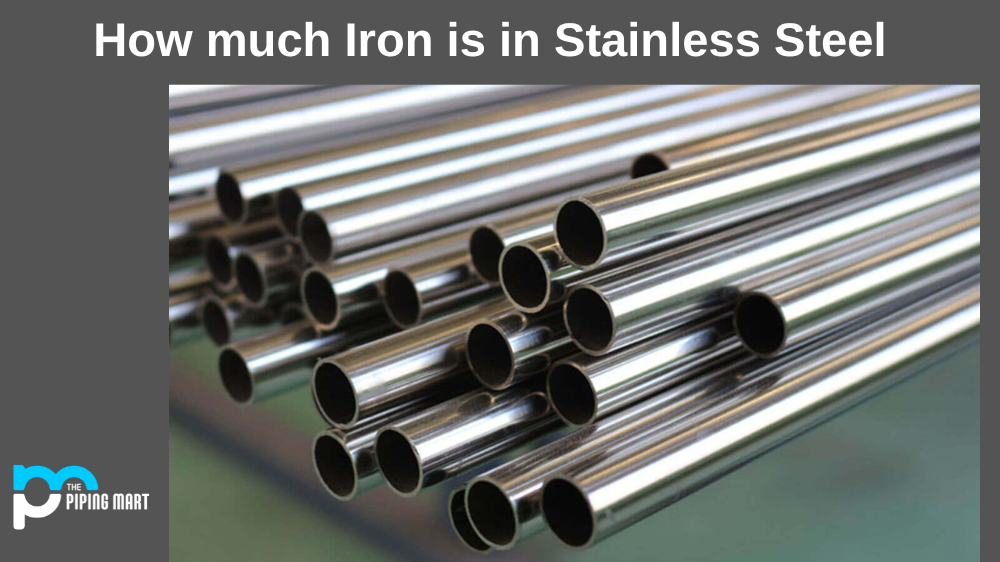Brass brazing rods are essential for metal workers and DIY enthusiasts. But what is their composition? To understand the best use of these rods, it’s important to have a basic knowledge of what they are made of. Let’s explore the composition and properties of brass brazing rods.
Brass Brazing Rod Composition
Brass brazing rods are composed mainly of copper and zinc, with traces of tin, lead, and other metals in varying proportions depending on the type. The copper provides strength to the joint while the zinc gives it ductility or flexibility. Tin improves corrosion resistance, while lead enhances its melting point. The ratio of copper to zinc in brass brazing rods can vary from 20-80 percent copper to 80-20 percent zinc, but typically it is around 60/40 for general-purpose use.
| Chemical Requirements | L-CuZn40 | Mn2 |
| Copper | 60 | 60 |
| Zinc | 39.7 | 39.7 |
| Silicon | 0.3 | 0.3 |
| Mn | – | 0.2 |
Properties
The properties of brass brazing rods will differ based on their composition. Generally speaking, brass brazing rods have a higher melting point than traditional soldering due to their higher copper content; this makes them great for joining two pieces together that may be subject to more stress or pressure than normal soldering can handle. Additionally, they have excellent conductivity—a must-have when joining electrical wiring—and superior corrosion resistance when compared to traditional soldering methods. Finally, they also provide superior strength at joints due to their high content of copper which binds the joined parts together more strongly than any other metal alloy used in soldering processes.
Conclusion
Overall, understanding the composition and properties of brass brazing rods is essential for anyone who regularly works with metals or wants to know what materials are best suited for certain applications. Brass brazing rods are popular among metal workers because they offer superior strength at joints and increased corrosion resistance over traditional soldering methods—plus, they melt at a higher temperature, so you don’t have to worry about your parts being damaged by heat as easily as with other alloys used in soldering processes. So whether you’re a professional metalworker or a DIY enthusiast looking for reliable materials for projects around your home—brass brazing rod is worth considering!

Abhishek is a seasoned blogger and industry expert, sharing his insights and knowledge on various topics. With his research, Abhishek offers valuable insights and tips for professionals and enthusiasts. Follow him for expert advice on the latest trends and developments in the metal industry.




